The giant tree valley of Mount Tao (桃山) has the highest density of carbon in the world, the research team Taiwan Champion Trees said on Friday.
The team’s research showed that Taiwan’s giant trees store an estimated 2,220 tonnes per hectare, said Taiwan Forestry Research Institute assistant researcher Rebecca Hsu (徐嘉君), who founded the group with National Cheng Kung University to search for trees taller than 65m using light detection and ranging (LiDAR) imaging.
In 2020, the team found a 79.1m tall Taiwania cryptomerioides on Mount Tao, a mountain of the Syueshan Range (雪山山脈) spanning across Taichung and Hsinchu County.
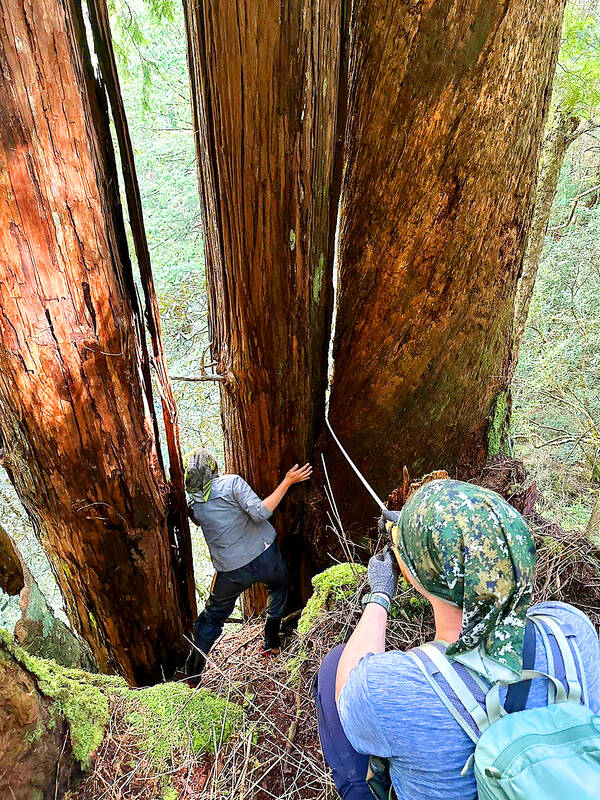
Photo courtesy of Taiwan Champion Trees
Dubbed “Taoshan sacred tree,” it was thought to be Taiwan’s tallest tree until the team found an 82m tall T cryptomerioides in 2022, before discovering an 84.1m tree of the same species last year.
In August, Hsu led a team of 36 people, in collaboration with the Trust in Nature Foundation, to investigate the amount of carbon stored in 133 giant trees that had previously been located using LiDAR.
In the course of their research, they found that 196 trees in the area had grown in diameter, most of which were Chamaecyparis formosensis, Chamaecyparis taiwanensis, T cryptomerioides, Tsuga chinensis var formosana, Cunninghamia konishii and Pinus armandii, Hsu said.
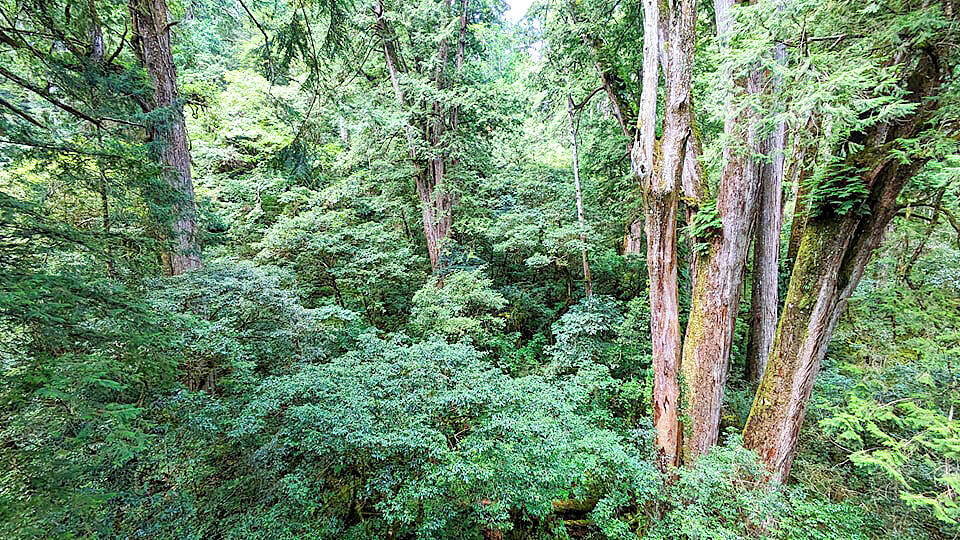
Photo courtesy of Taiwan Champion Trees
The total carbon storage of the giant tree valley was calculated using the sample area of about 1.17 hectares, the spreading coefficients announced by the UN Intergovernmental Panel on Climate Change and the carbon conversion factors for tree species, with tree strata, deadwood and six soil sampling points taken into account, she said.
The results showed the carbon storage of Mount Tao’s giant trees was up to 2,220 tonnes per hectare, surpassing the 1,867 tonnes per hectare of the mountain ash forests of the Central Highlands of Australia’s Victoria state, she said.
Citing research published in the scientific journal Nature, Hsu said that a tree’s carbon sequestration rate increases with its age, countering the myth that old trees could not efficiently store carbon.
Other research showed that about 70 percent of a forest’s carbon is stored in trees of at least 70cm in diameter at breast height (DBH), she added.
The total carbon storage of Mount Tao’s giant tree valley is the most in the world, as most of its trees have a DBH of more than 60cm, the collective carbon storage of which account for about 80 percent of the entire woods, she said.
That attests to the significance of conserving giant trees, she said.
Only carbon sinks of afforested land can be converted into carbon credits and traded on emissions markets, as required by regulations in Taiwan and abroad, Hsu said.
However, the team’s research demonstrated that primary forests can substantially boost carbon sinks with good carbon fixation rates, she said, adding that carbon sinks of primary forests should also be included in credit calculations to encourage the conservation of giant trees.
Director Arthur Mai (麥覺明) filmed Hsu and her team’s investigation for a short documentary, which is to be released on YouTube and the foundation’s Facebook page at 8:30pm on Nov. 11.
The documentary would prove that Taiwan has one of the most valuable millennium forests in the world, the foundation said.
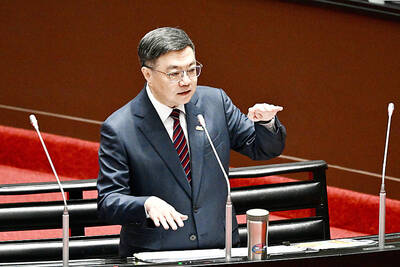
NATIONAL SECURITY: The Chinese influencer shared multiple videos on social media in which she claimed Taiwan is a part of China and supported its annexation Freedom of speech does not allow comments by Chinese residents in Taiwan that compromise national security or social stability, the nation’s top officials said yesterday, after the National Immigration Agency (NIA) revoked the residency permit of a Chinese influencer who published videos advocating China annexing Taiwan by force. Taiwan welcomes all foreigners to settle here and make families so long as they “love the land and people of Taiwan,” Premier Cho Jung-tai (卓榮泰) told lawmakers during a plenary session at the Legislative Yuan in Taipei. The public power of the government must be asserted when necessary and the Ministry of
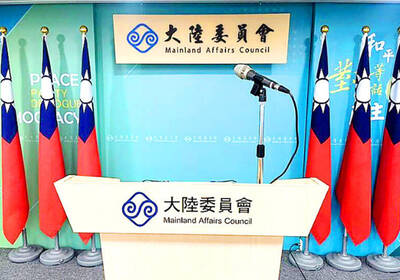
CROSSED A LINE: While entertainers working in China have made pro-China statements before, this time it seriously affected the nation’s security and interests, a source said The Mainland Affairs Council (MAC) late on Saturday night condemned the comments of Taiwanese entertainers who reposted Chinese statements denigrating Taiwan’s sovereignty. The nation’s cross-strait affairs authority issued the statement after several Taiwanese entertainers, including Patty Hou (侯佩岑), Ouyang Nana (歐陽娜娜) and Michelle Chen (陳妍希), on Friday and Saturday shared on their respective Sina Weibo (微博) accounts a post by state broadcaster China Central Television. The post showed an image of a map of Taiwan along with the five stars of the Chinese flag, and the message: “Taiwan is never a country. It never was and never will be.” The post followed remarks
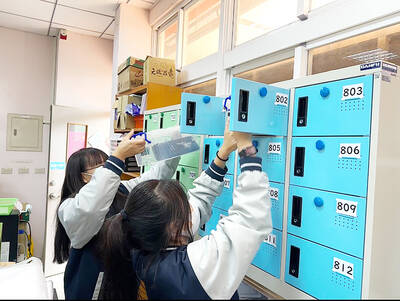
Proposed amendments would forbid the use of all personal electronic devices during school hours in high schools and below, starting from the next school year in August, the Ministry of Education said on Monday. The Regulations on the Use of Mobile Devices at Educational Facilities up to High Schools (高級中等以下學校校園行動載具使用原則) state that mobile devices — defined as mobile phones, laptops, tablets, smartwatches or other wearables — should be turned off at school. The changes would stipulate that use of such devices during class is forbidden, and the devices should be handed to a teacher or the school for safekeeping. The amendments also say
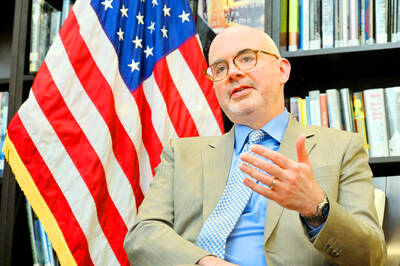
CONSISTENT COMMITMENT: The American Institute in Taiwan director said that the US would expand investment and trade relationships to make both nations more prosperous The US would not abandon its commitment to Taiwan, and would make Taiwan safer, stronger and more prosperous, American Institute in Taiwan Director Raymond Greene said. “The US’ commitment to Taiwan has been consistent over many administrations and over many years, and we will not abandon our commitment to Taiwan, including our opposition to any attempt to use force or coercion to change Taiwan’s status,” he said in an exclusive interview with the Liberty Times (the sister newspaper of the Taipei Times) on Friday last week, which was published in the Chinese-language newspaper yesterday. The US would double down on its efforts